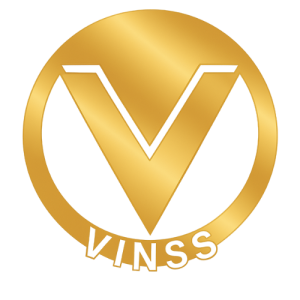Living the parent’s life comes with endless adventures and some sticky circumstances like forgetting wipes or not being able to warm a bottle. These situational snags are exactly why San Jacinto College engineering students teamed up with Patricia Slind, designer and CEO of VINSS Bags as part of the annual Technology Collaboration Center Wearable Technologies Showcase. A project that has been two years in the making, San Jacinto College engineering professor Nate Wiggins’ students continue to work on bringing intelligent diaper bags into the mainstream technology mix.
Hosted by NASA Johnson Space Center, Wiggins’ students collaborated with Slind to create their intelligent diaper bag. Student teams work on different parts of the bag from design, testing resistors with heating elements to determine the maximum change in temperature, to 3D printing light cases. Prior to COVID-19, students regularly met with Slind via Zoom to review specifications and required technology capabilities since she currently resides in Malaysia. Once the pandemic caused the showcase to move to a virtual setting, Wiggins’ students had no problem with the transition. Some of the bag features Slind wanted to incorporate included a cell phone charger, bottle warmer, and wipe warmer.
“Patricia’s project was featured in the TCC Wearable Tech Showcase as a project that a senior design team at a university can apply for, and we jumped in,” said Wiggins. “The other teams are from major universities, so being a community college team speaks volumes about what our students bring to the table.”
While the showcase is all about innovation and technology, Wiggins added that some skills needed to create the diaper bag require some of the simplest things like a needle and thread.
“Apparently, my students can’t sew, and one of them had his grandmother teach his team. These students need lessons from the older generations just as much as they need academic instruction.”
Despite the presentations and evaluations moving online, Wiggins noted that this did not mean a change in rigor for the project and quality in the deliverables. It also meant expanding on their teamwork and collaboration skills.
“Unlike the schools that offered pass/fail options, the College resumed with regular grading and continued to challenge them. Group spaces were formed and online meetings took place. Using rubrics in Blackboard and tools available through groups, students presented to and evaluated each other. Because there are a lot of moving parts to this project, this allowed students to work together, keep in communication, and learn from the science of other students. These skills will help them work in teams and was highly effective. This is also a tribute to the College’s EdTech team who taught me many of these Blackboard capabilities last summer, so I was able to incorporate those for this project as we moved instruction online.”
